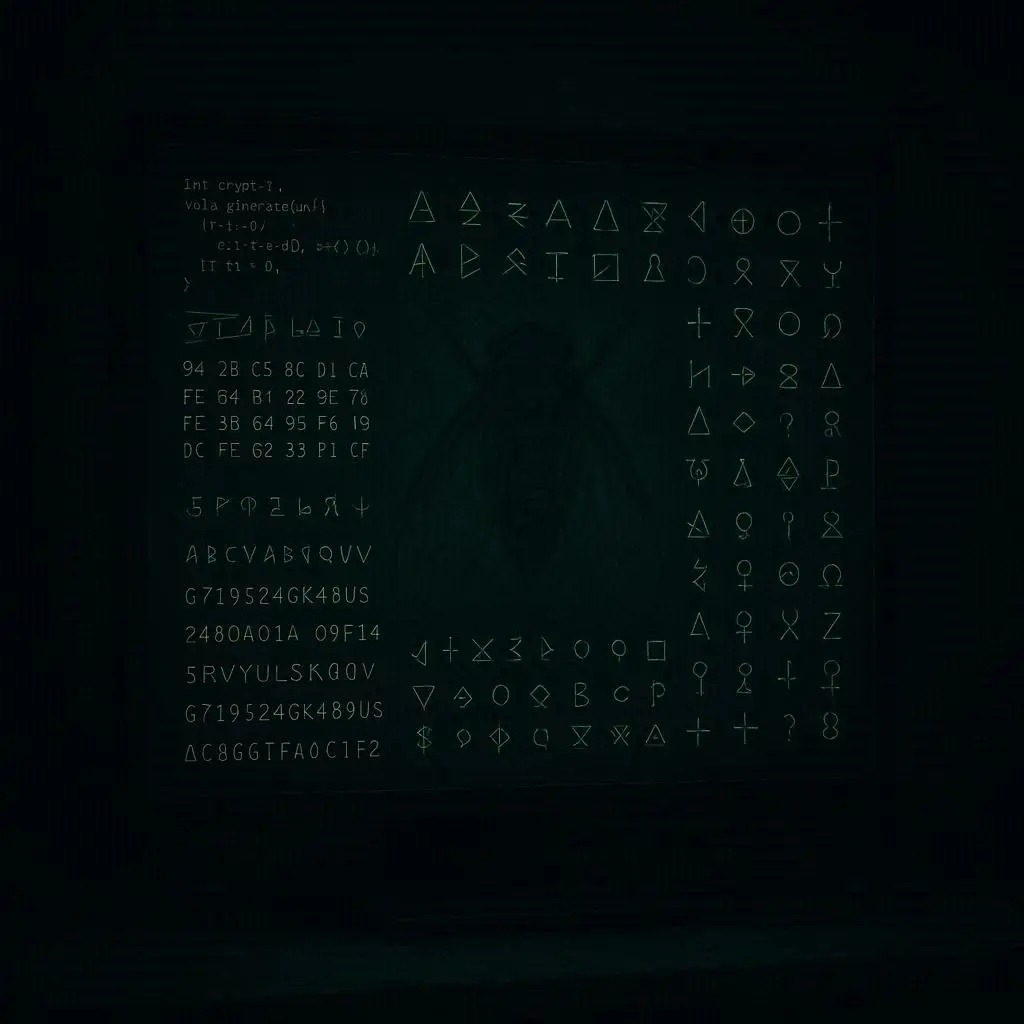The weirdest stories born in the digital age.
Explore creepy YouTube videos, unexplained online accounts, ARGs, forums, and digital footprints that lead down strange rabbit holes. The truth is sometimes stranger than fiction.
In the early 2000s, a mysterious website called Mortis.com appeared online. Visitors found themselves staring at a black screen filled with eerie symbols, unsettling images, and hidden codes that seemed to lead nowhere—or maybe somewhere too dark to imagine. Some believed it was an elaborate game, others swore it was tied to cults or secret experiments. And then, just as suddenly as it appeared, Mortis.com vanished without explanation, leaving behind one of the internet’s creepiest unsolved mysteries.
In the early 2000s, a strange website appeared online: John.com. When visitors typed in the address, they found nothing but a blank page. No links, no text, no design—just emptiness. Yet that emptiness sparked wild theories. Was it a secret government project? A hidden network? Or just a digital ghost with no purpose at all? For years, the mystery of John.com grew into one of the strangest enigmas of the early internet.
In 2020, a mysterious TikTok account began posting videos that claimed to be warnings from the future. Each clip was cryptic, sometimes terrifying, and hinted at events that hadn’t happened yet. People around the world were captivated, confused, and scared, wondering: was this just a viral stunt, or was someone really sending messages through time?
In early 2020, a strange YouTube channel appeared featuring a wealthy influencer named Sophie, who seemed to be living the perfect life. But as the videos went on, things took a dark turn—her footage began glitching, strange voices whispered through the edits, and Sophie herself appeared to unravel before viewers’ eyes. What started as flashy vlogs about money and lifestyle spiraled into one of the creepiest internet mysteries ever uploaded.
In 2009, a strange Reddit account known as “ReligionOfPeace” posted about the death of a man he called “Lake City Quiet Pills.” At first, it seemed like a sad, personal farewell. But soon, curious users dug deeper—and discovered hidden messages buried in the source code of the website tied to the account. These weren’t ordinary messages. They looked like job postings for mercenaries, contracts, and covert missions. What started as a simple obituary spiraled into one of the darkest and most chilling internet mysteries ever uncovered.
In 2011, a mysterious Reddit account named A858 began posting long strings of bizarre codes, numbers, and symbols. At first, people thought it was nonsense, maybe a broken bot or a prank. But as the posts kept coming, day after day, month after month, it became clear that something much stranger was happening. Some users believed it was an elaborate art project, others whispered about government experiments, and a few even thought it might be communication with something… not human. To this day, no one truly knows what A858 was or why it suddenly stopped posting after years of silence.
In 2013, a strange YouTube channel appeared out of nowhere. No name, no description, no explanation. Just thousands of short, bizarre videos—each one nothing more than flashing red and blue rectangles paired with odd beeping sounds. No one knew who was behind it, or why it existed. Was it a secret government experiment? A code for spies? Or something even stranger? For years, Webdriver Torso baffled the internet, and the mystery behind those endless rectangles grew darker with every upload.
In 1996, long before social media, a strange series of messages began appearing on Usenet, the early internet’s message boards. They weren’t ordinary posts—they were strings of bizarre, almost nonsensical words, tied together under one chilling phrase: Markovian Parallax Denigrate. No one knew who was behind them, what they meant, or why they kept showing up. To this day, nearly three decades later, the internet’s first great mystery remains unsolved.
In the strange corners of YouTube, there are channels that entertain, channels that educate, and then… there are channels like Unfavorable Semicircle. A place that felt less like entertainment and more like stepping into a digital nightmare. Thousands of bizarre videos, each only seconds long, filled with distorted sounds, scrambled numbers, and cryptic symbols. No explanations. No pattern. Just a flood of unsettling content that seemed to appear out of nowhere—and vanish just as suddenly. Some thought it was an art project. Others whispered it was a government code. But the truth? No one ever figured it out.
In the dead of winter, back in 2012, an image appeared on the internet. At first glance, it looked ordinary—just white text on a black background. But hidden inside that picture was a secret that would launch one of the most mysterious hunts the internet has ever seen. It wasn’t a game, it wasn’t for money, and it wasn’t for fame. The creators of this puzzle claimed they were searching for “highly intelligent individuals.” And to prove yourself worthy, you had to solve a series of riddles so complex, so bizarre, that even the best codebreakers struggled. This was the beginning of Cicada 3301.










